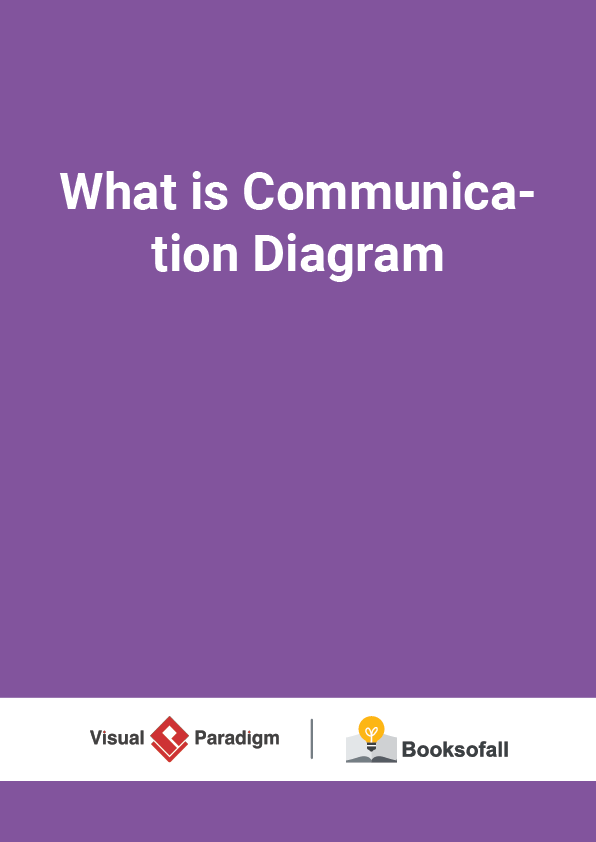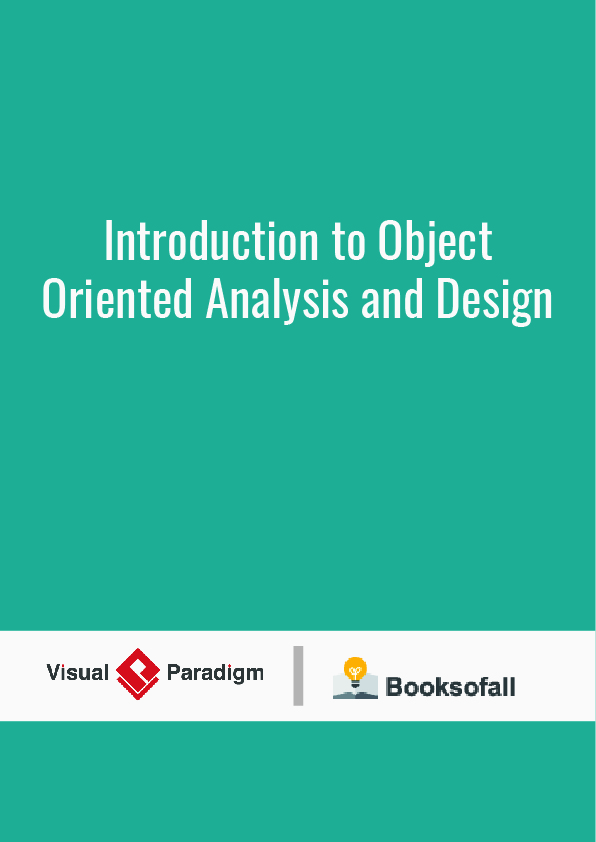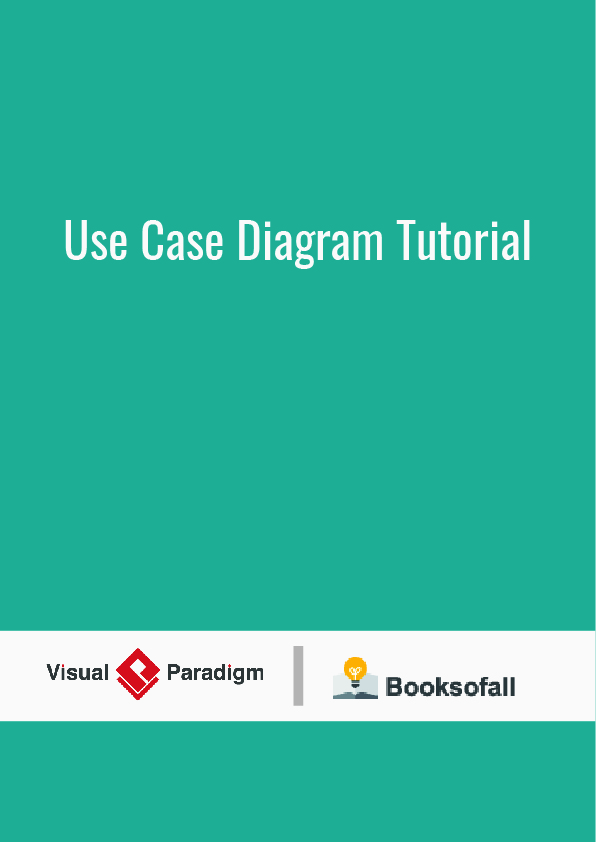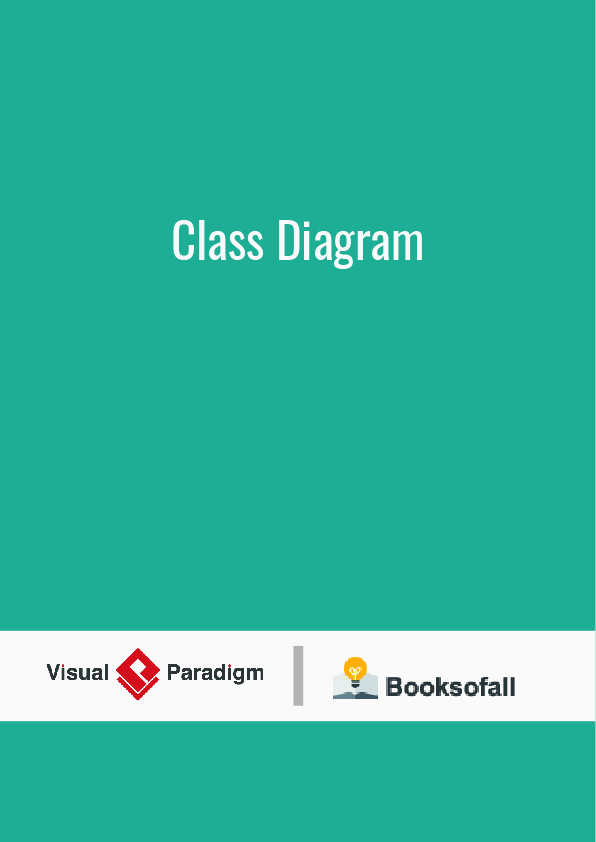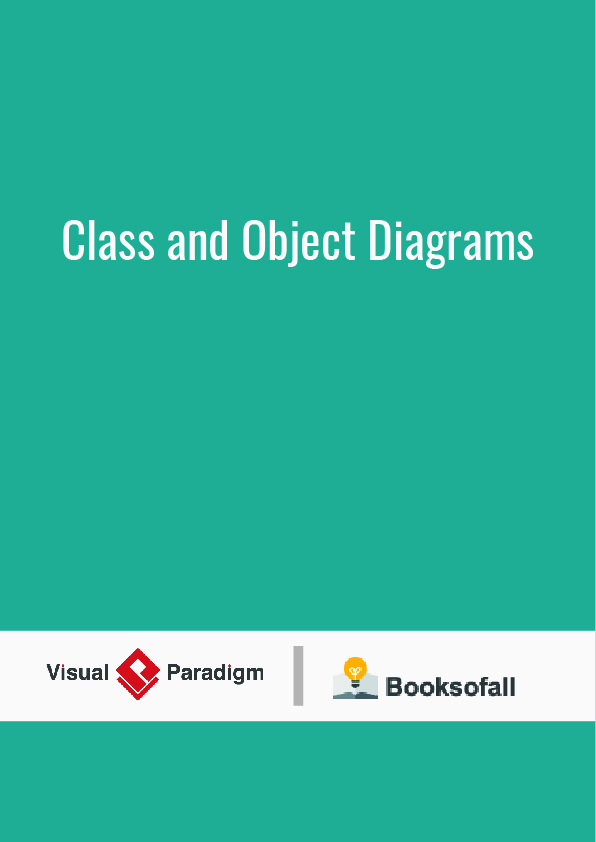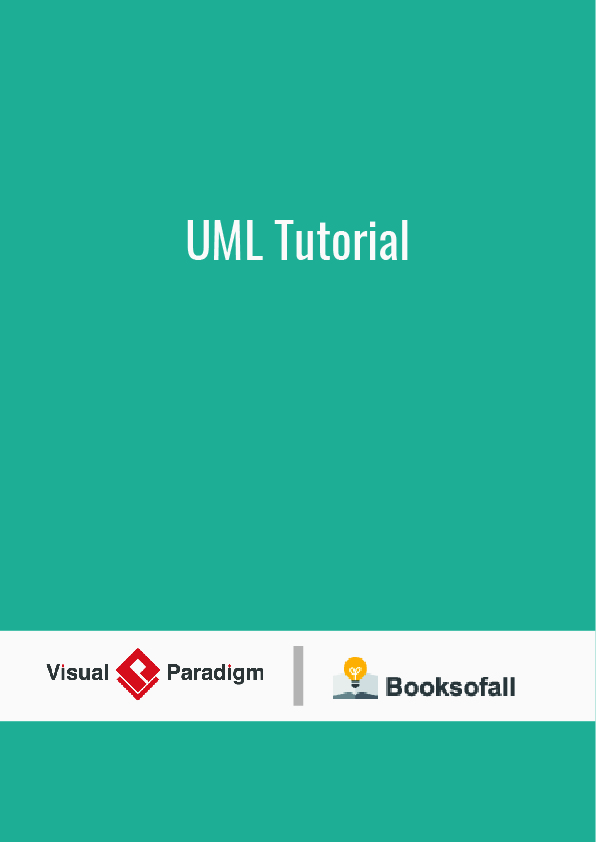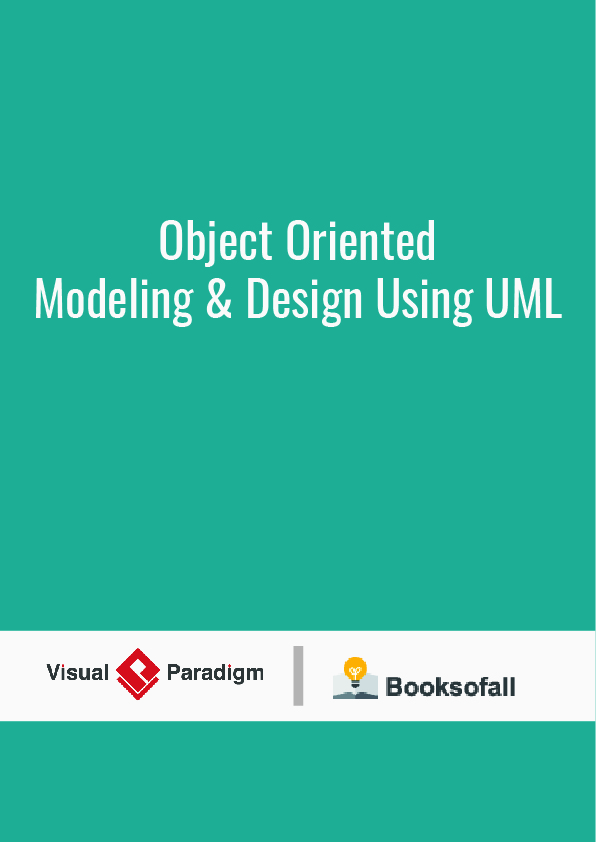What is Communication Diagram?
7-8 minutes
UML communication diagrams, like the sequence diagrams – a kind of interaction diagram, shows how objects interact. A communication diagram is an extension of object diagram that shows the objects along with the messages that travel from one to another. In addition to the associations among objects, communication diagram shows the messages the objects send each other.
Are you looking for a Free UML tool for learning UML faster, easier and quicker? Visual Paradigm Community Edition is a UML software that supports all UML diagram types. It is an international award-winning UML modeler, and yet it is easy-to-use, intuitive &completely free.
Free Download
Purpose of Communication Diagram
- Model message passing between objects or roles that deliver the functionalities of use cases and operations
- Model mechanisms within the architectural design of the system
- Capture interactions that show the passed messages between objects and roles within the collaboration scenario
- Model alternative scenarios within use cases or operations that involve the collaboration of different objects and interactions
- Support the identification of objects (hence classes), and their attributes(parameters of message) and operations (messages) that participate in use cases
Communication Diagram at a Glance
In the example of the notation for a communication diagram, objects (actors in use cases)are represented by rectangles. In the example (generic communication diagram):
- The objects are Object1, Object2, Object…, ObjectN-1 …, and Object N.
- Messages passed between objects are represented by labeled arrows that start with the sending object (actor) and end with the receiving object.
- The sample messages passed between objects are labeled 1: message1, 2: message2,3: message3, etc., where the numerical prefix to the message name indicates its order in the sequence.
- Object1 first sends Object2 the message message1, Object2 in turn sends ObjectN-1the message message2, and so on.
- Messages that objects send to themselves are indicated as loops (e.g., messagemessage5).
Communication Example – Hotel Reservation
- Each message in a communication diagram has a sequence number.
- The top-level message is numbered 1.
- Messages sent during the same call have the same decimal prefix, but suffixes of 1, 2,etc. according to when they occur.
Communication Diagram vs Sequence Diagram
The communication diagram and the sequence diagram are similar. They’re semantically equivalent, that is, the present the same information, and you can turn a communication to a sequence diagram and vice versa. The main distinction between them is that the communication diagram arranged elements according to space, the sequence diagram is according to time.
Of the two types of interaction diagrams, sequence diagrams seem to be used far more than communication diagrams. So, why would you use communication diagrams? First of all, they are very useful for visualizing the relationship between objects collaborating toper form a particular task. This is difficult to determine from a sequence diagram. In addition, communication diagrams can also help you determine the accuracy of your static model (i.e., class diagrams).
